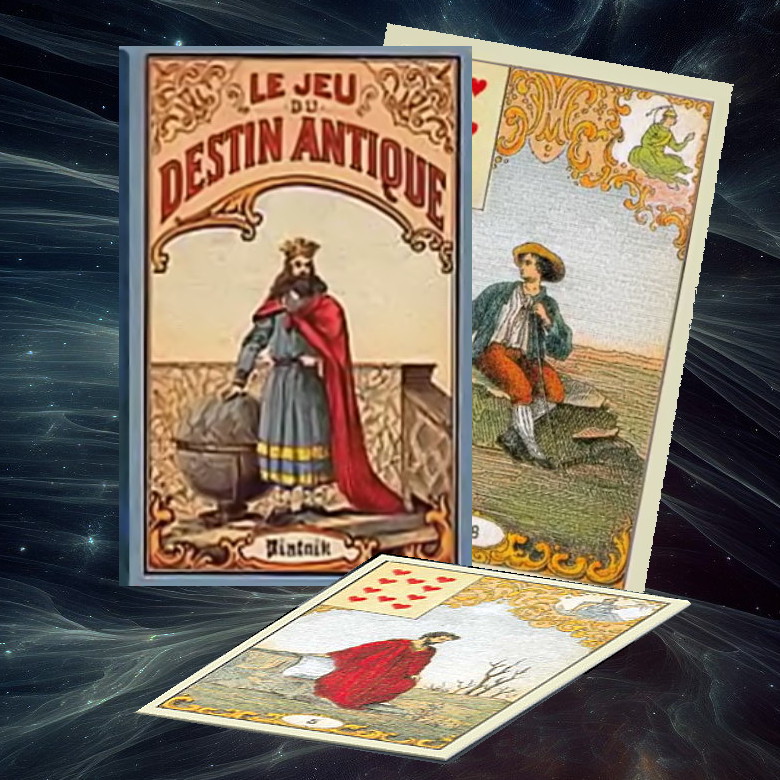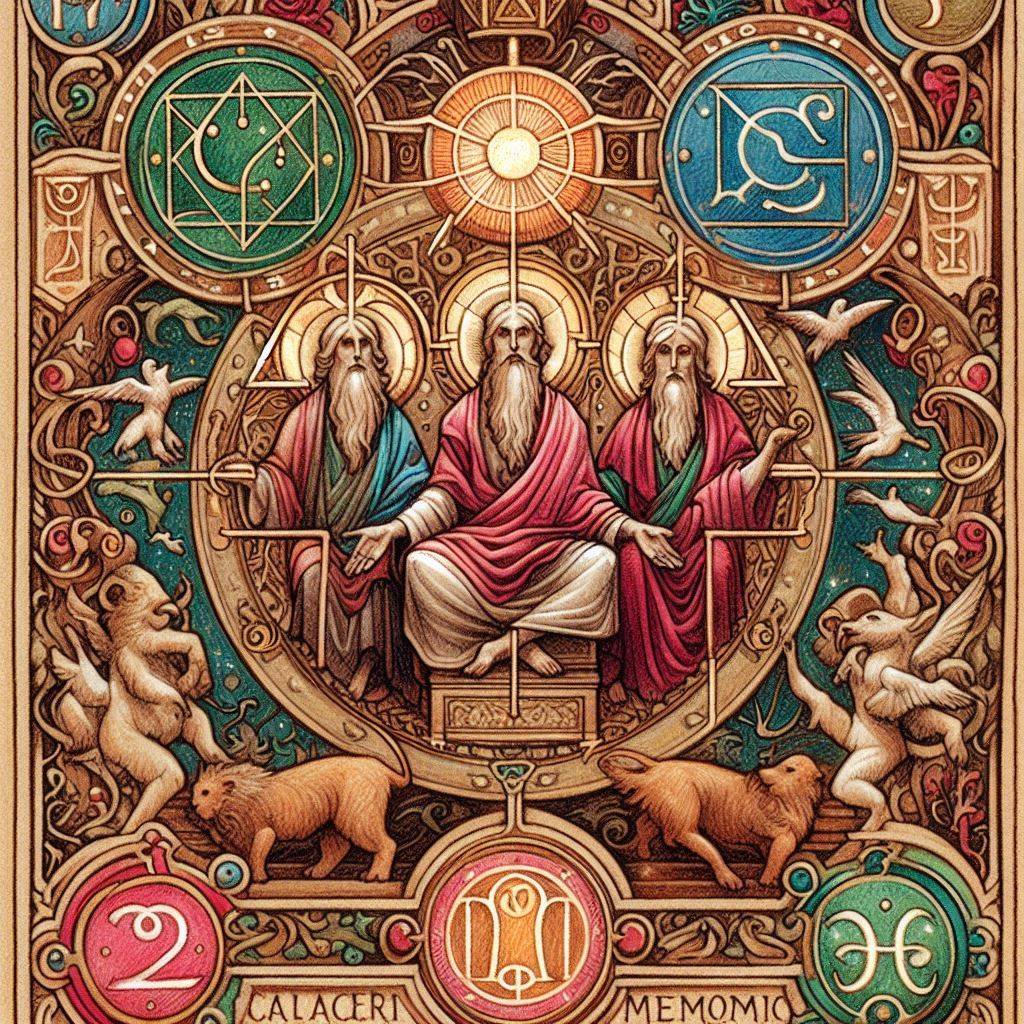Tarot Reading with Antique Cards.
The Ace of Clubs, despite its depiction of illness, sadness, or even death, conveys a sense of safety. It speaks of deliverance and protection from harm through the application of higher wisdom, known as Soteria. In the corner of the image, we see a man with one hand raised and the other lowered, much like the Magician card in the Rider-Waite deck. This gesture represents physical manifestation and the role of the self (the House) within the universal reality, playing out through human life. Thus, the card signifies rebirth.
The Healer in this card is named Sattra, derived from the Sanskrit root sat, meaning safety, salvation, deliverance, and preservation from harm. Sattra symbolizes healing, sanctuary, and knowledge, suggesting new life, spiritual essence, and purpose. It activates your inner growth. The concept of Sattra is carried forward in Greek mythology as Soteria, the goddess or personified spirit of restoration to a state of safety.
Another word connected to the Healer is ZaraNa (Sanskrit), which later transformed into Nazareth, most famously associated with Jesus of Nazareth. ZaraNa means the protection of the Universe, further reinforcing the card's message of safety and balance within Universal Consciousness.
Furthermore, Soteria suggests the presence of a teacher or guide, encouraging you to consciously choose the path of right action.


